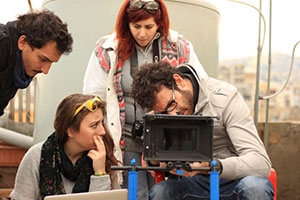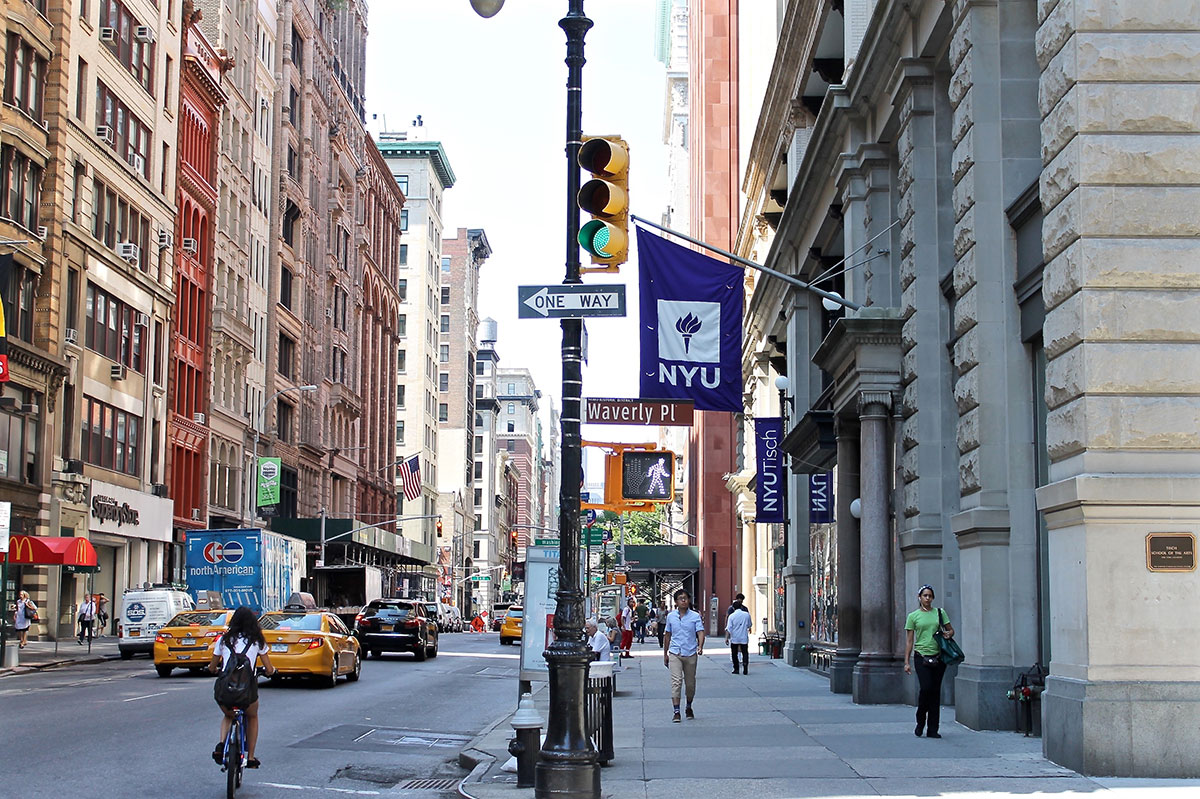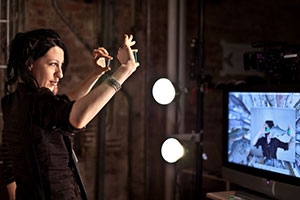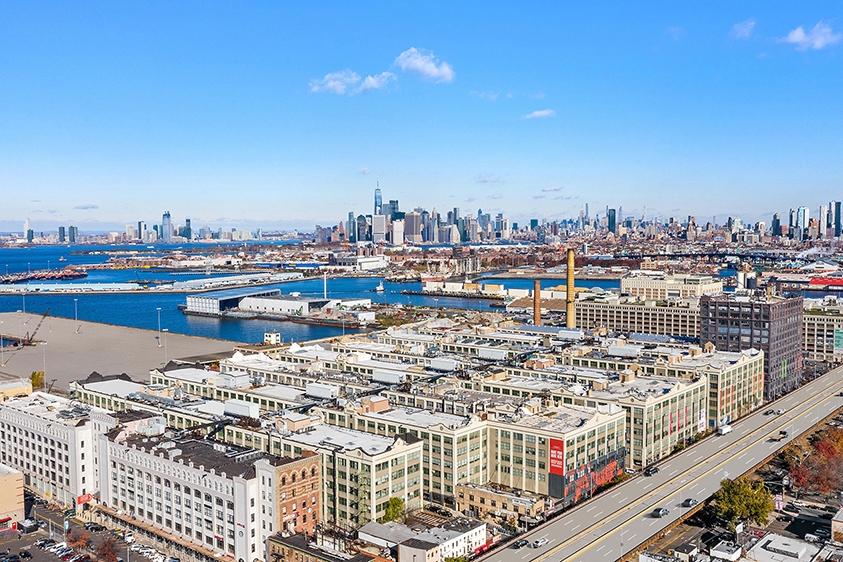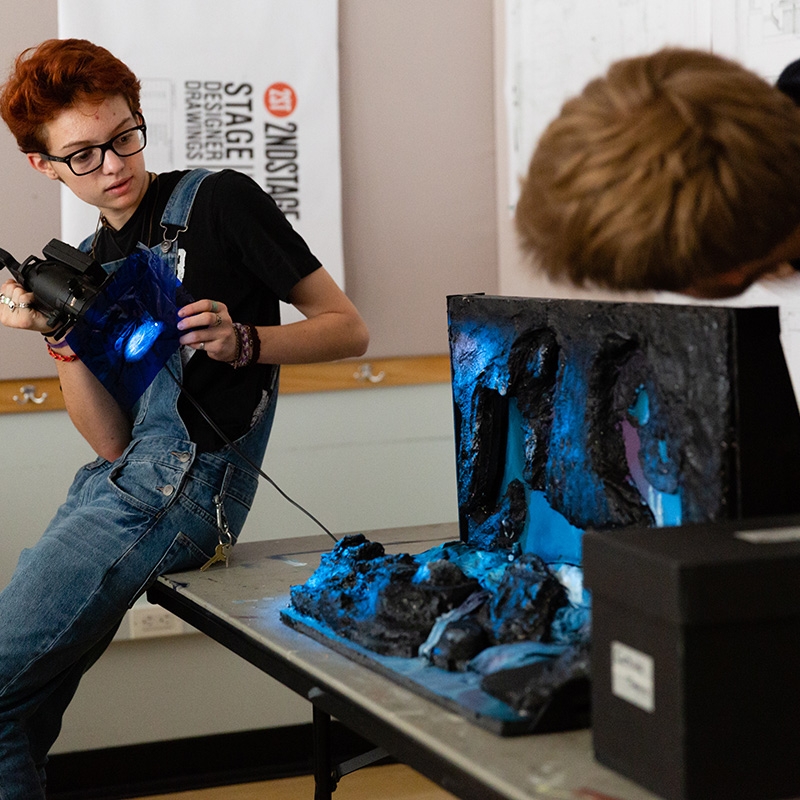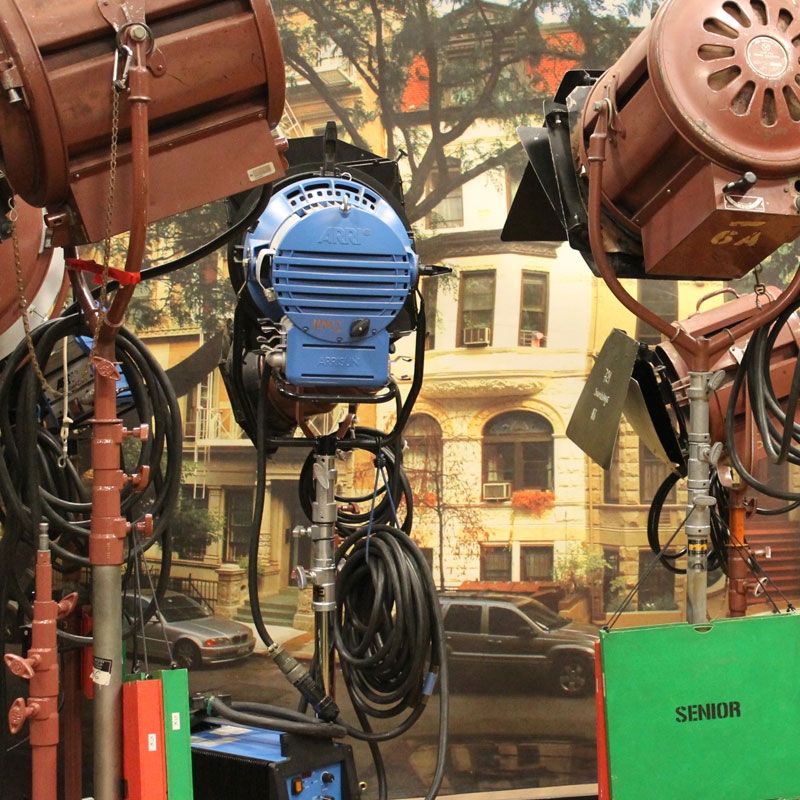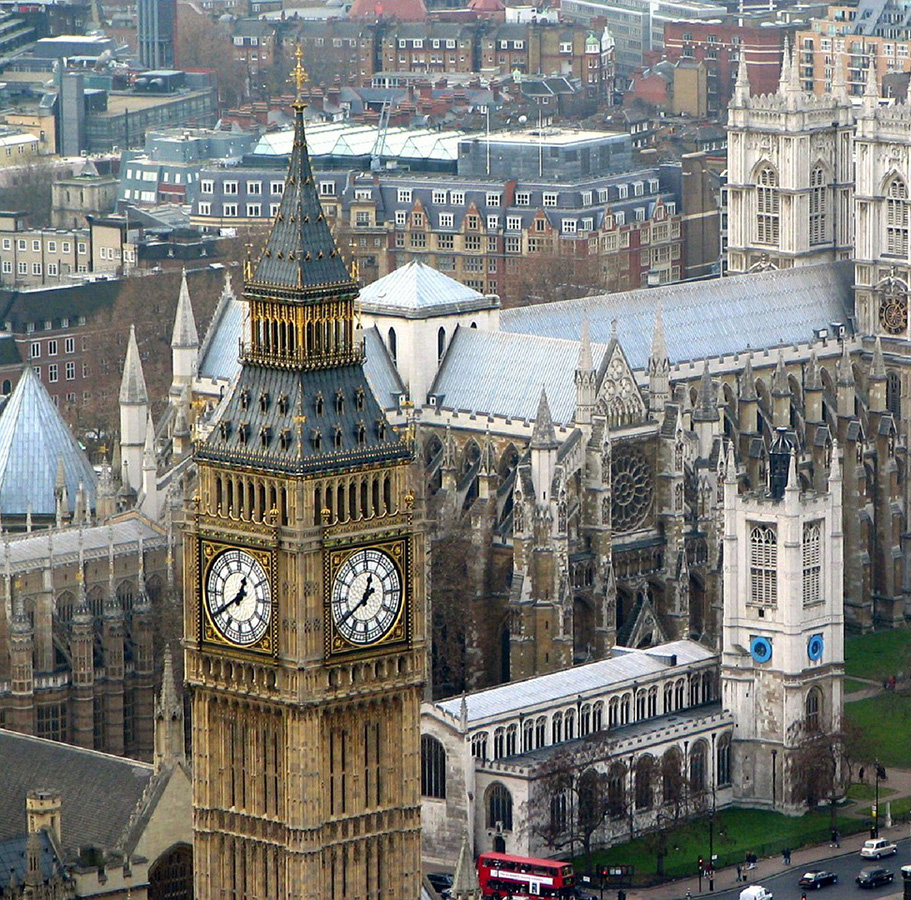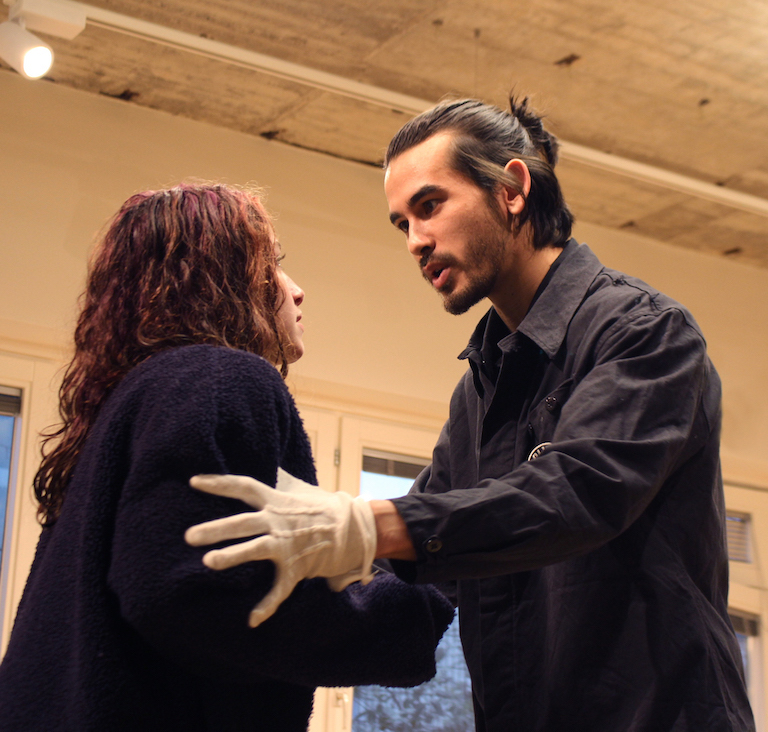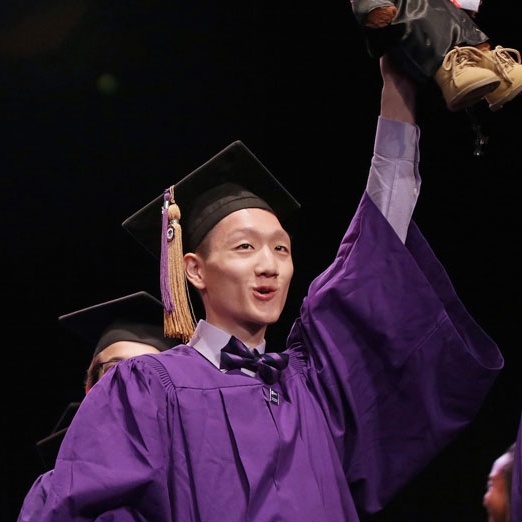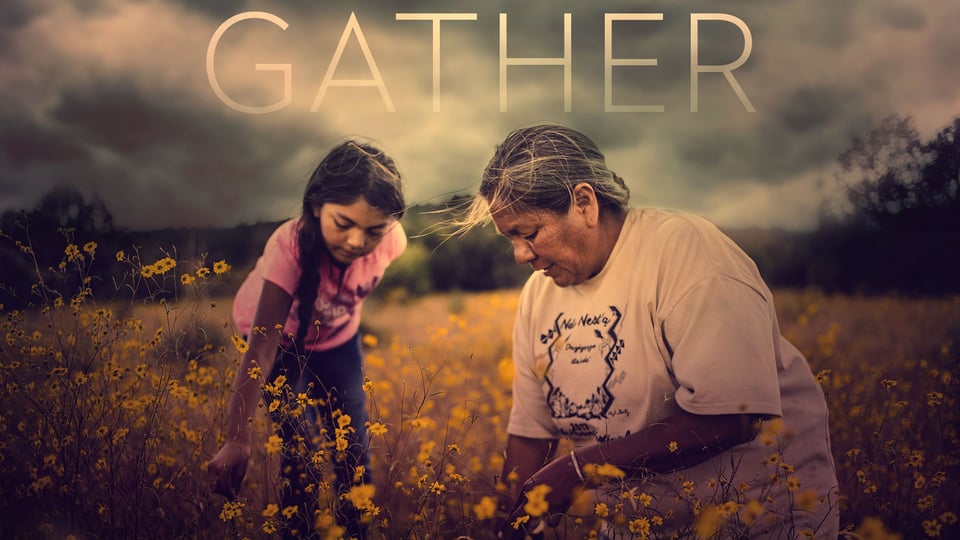GATHER is an intimate portrait of a growing movement amongst Indigenous Americans to reclaim their spiritual and cultural identities through obtaining sovereignty over their ancestral food systems, while battling against the historical trauma brought on by centuries of genocide.
What: Film screening and Q&A with Sanjay Rawal (award-winning film director) and A-dae Romero-Briones (Director of Programs - Native Agriculture & Food Systems at FNDI)
Co-sponsors: The NYU MLK Scholars Program, Native Studies Forum, Runasimi Outreach Collective ROC, Student Government Assembly, and the First Nations Development Institute (FNDI)
Special thanks: Faculty Adviser, Alice Elliott and NYU Tisch Offices of Global Strategic Initiatives & Diversity
The following is a transcript of the Q&A that took place after the screening of the film, which can be watched here.
Speakers:
Puanani Brown (Steinhardt; Food Studies), Mariela Morales-Inturias (Tisch, UGFTV), A-dae Romero-Briones (Director of Programs - Native Agriculture and Food Systems, FNDI), Marisa Page (Development Officer, FNDI)
Puanani: Throughout my academic career studying environmental science, public policy and food studies, I've always - like Mariela - been hungry to hear more Native stories and voices be a part of these important conversations. I think it just so artfully brings everything together. And so I think my first question is, Why did you feel the need for this story to be told and this film to be made, and what did you learn in the process?
A-dae: …We’re some pretty bad ass storytellers! There’s so many stories that we take in daily, and that our communities share with one another in the most informal times. That’s like, our power. We tell stories through chants, we tell stories when we pray. The stories are everywhere and recognizing how powerful they are - it’s a fact, you have to be able to see it - and so, the medium of film was the easiest way to bring that to a wider audience. But there's so many stories that need to be told, not only in film, but in academia, in sharing and recognizing Indigenous stories, and in the last 2 to 3 years so many Indigenous storytellers are putting things in film, putting things in song, putting things on the internet. And we’re really excited that GATHER can be a part of that. And it’s just like a continuum of our Indigenous culture.
Mariela: It’s amazing!
Puanani: Yeah! I think often we've heard it referred to as a “food sovereignty movement” that's happening now, and I think I'm just curious how [do] you describe Indigenous food sovereignty and its particular importance to Native communities?
A-dae: ... You have to be humble, you have to recognize when the plants are telling you things, when the land is telling you things, and so when we think of food sovereignty - the movement part kind of gets me sometimes because a movement has a beginning and an end, but Cochiti, like we've been in our places since time immemorial. And so there is no beginning or end. Feeding our people has always been part of our existence, serving our people has always been part of our existence, building these relationships with our land has always been part of our existence. I think the food sovereignty movement is more a description for people outside of the Indigenous worldview - to explain the more recent barriers to access to food and land, but we've always fed our people. We probably will feed our people a hundred generations from now, no doubt, and that has no beginning and no end.
Puanani: Yeah. And I think, somewhat related, how did the pandemic impact Indian country and what type of changes might have come out of it? Were there opportunities within the food system?
A-dae: So when we think about Covid like I, you, we all remember what it felt like, right? You go to the store and not have toilet paper? Go to the store when they tell you meat would be arriving, or whatever? We all had very similar experiences when it came to food supply chains. And we work at First Nations. So, what we do is we offer financial support to tribes and projects that are run by people all across the country, Alaska and Hawaii, and so when COVID and the pandemic came, the philanthropic response from the Government and foundations was “we need to feed the Indians, there's people like Navajo and Hopi, who like, don’t have food” and but you know - I’m from Cochiti - we have to drive 75 miles to the store one way most of the time. So the food supply chain has never reached us. And so when COVID hit, it was a change, yes, but it wasn't that big of a change, because the food supply chain never reached us even before the pandemic. …the community response was much different. …we [the tribal community] have the strength and answers to feed our people. And we just need to hone in on those skills. Because our grandmas and grandpas who knew how to live off the land - that’s becoming further and further away. Unless we take drastic measures, some of that knowledge will be lost.
Mariela: So what was the experience like working with Sanjay, who’s someone who’s not native to the island, and with people who are renowned like Sterlin Harjo and Jason Momoa? Can you talk more about the creative process and how that worked?
A-dae: I'm sure you guys have classmates that you think are brilliant, but having a conversation with them is sometimes really hard. I think that in kindergarten, when you have to learn how to play in the sandbox and share toys and figure out whose turn it was, that felt, that’s pretty light, right? Literally, when you’re working with brilliant people who are very independent, your social skills are the most precious skills. But they don’t tell you that when you’re in school, they’re like “Get ‘A’s!”, “Write a good paper!”, “Learn how to speak well!”, but those soft skills are probably the most important. I mean, learning how to get along with people, and even make people feel at ease when you're filming them are critical– like those are the skills that make or break a project, even though everybody's related on the team, if nobody knows how to make people feel welcome and warm, you know those things are what make a film possible.
Mariela: And following up on that question, how long did the movie take to make and how’d it get started? What happened when Sanjay said “I’m making this film today” and how did your team come together?
A-dae: It's super hard; financing documentaries is probably the hardest thing in the funding world, because really until you have a piece to share with somebody you're basically asking them to buy into your idea. We had a funder, who said, “I have this brilliant idea, and we want you to make a film about this, with this person”, and you know at First Nations, we serve Native people. So we had to seriously think about whether we wanted to take on a film that wasn't generated by our community and, we had to sort of compromise on what exactly we were gonna do, but we landed on food sovereignty because we felt like there were so many stories in the food world, the Indigenous communities that could be put on film but really, that I hadn’t seen.
Pua: And so, related to that, how were the communities that were featured selected? Were there any stories and communities that did not make the final cut of the film?
A-dae: Oh, yes, so we filmed close to 20 different communities. Alaska and Hawaii, you know, they're their own character. They have their own trajectory and timeline, and so, really, they deserve their own film. But we did talk to some people from Alaska and Hawaii, and we wouldn't do justice to those communities with this film. So, we went to the pueblos, we went to places in California, and really what it came down to – and you can see, the movie is dedicated to my grandma – because when they were sitting, talking with my grandmother, one of the things I learned as like a documentary director or film person is that you're really looking for characters, people who are gonna draw people into the film. And so Sammy, Elsie, and Nephi were the people that we felt could draw people into the film. I don't think the film world is ready for the Indigenous approach of community profiling–really it’s still dependent on this main character and bringing people into the story. So, these were the characters we had to film.
Mariela: So I guess, the question now comes to activism. What can NYU students, or students in general do to support food sovereignty in their communities?
A-dae: I’ve heard that word many times - activism - I think some of the community, I, struggle with that word too, sometimes. Because when we think of activism, what does that mean? It's like challenging the dominant norms. It’s like protecting sacred things, but these are things that Indigenous people always do, and so yes, that’s important, but also the people who are studying to be lawyers are important. The people who are at home, making, like learning the plants and talking with them are just as important, and I consider them activists as well. So, really for me when we're talking about NYU students, cultivate whatever skill, or whatever talent, that you have to the utmost, and take that skill and use it for community, in the community. That’s what connects activism to real life things, like you're cultivating the skills that you’re blessed with, and giving it to a community. Until you make that gift to the community, you're just a person that’s living. And so to me, activism is about community connection, and whatever gift you have to contribute for that movement – like, do it. And part of that is in cultivating whatever skills you have.
Marisa: Yeah, just get involved in activities, community things, just don’t be scared. I think that’s where a lot of people [hesitate]. Where they’re like “well, I might not know somebody, or I don’t feel comfortable.” But that's when you know, you need to be there. So like just doing it, I think, is good too.
Mariela: What was one of the biggest challenges in the filmmaking process of this documentary?
A-dae: Um, showing it to people! When you work on something for so long, it's hard to present it to people, but I think–well, all Indigenous people face especially when you're connected to your community–is that you are working on something and you hope to God that your community is going to be proud, and you hope to God you’re not going to be shamed, and you hope to God that your grandma and grandpa are going to like it! Those were the things that were hardest, for me. [Also] the financing piece. Learning about documentary financing is incredibly hard, especially for Indigenous filmmakers. And then, the rest I think kind of falls in place.
Mariela: And circling back on that question, what advice would you give to us, young filmmakers, who want to make movies like these? Do you have any advice?
A-dae: Absolutely! Having people who have connections to financing can be really really important and so established filmmakers usually have those connections. Then, working with a filmmaker on a film is critically important because you start to learn who that person networks with. But, plugging into those networks is most important. Sometimes that means giving your time on everything. Sometimes that means taking time to go to a director's movie or you know, whenever you have those opportunities.
Audience Member: How can we be sure to be respectful about engaging Native peoples, particularly in asking them to be willing to share their stories and traditions with wider audiences who may not be part of Native communities themselves?
Marisa: They hold the key to those authentic stories. So, make yourself humble. If they tell you to come in and have tea, do it. If they want you to eat, you do it. Just make yourself available. It’s a lot of listening.
A-dae: The dynamics of financing a documentary–this is why First Nation was involved. He [Sanjay] couldn't have done this without us, but also, all of the benefits of the film were also given to First Nations. Of course he had to live, and he had to pay his crews, but also a lot of that funding went to the communities that are in the film. You have to be really conscious about making sure whatever benefits are reaped from whatever you create are also shared with the people who are in the story and that doesn't happen a lot in documentary film. Yeah, you have to be really careful and respectful.
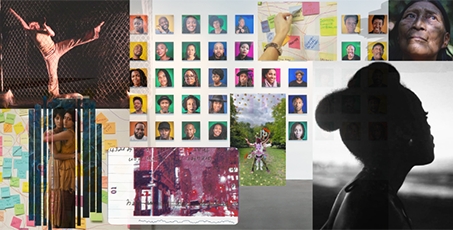 Creative ResearchThe Initiative supports and highlights research in all modalities, present and imagined - encouraging curiosity, investigation, and entrepreneurism, through advocacy, grant planning, mentorship and funding opportunities.
Creative ResearchThe Initiative supports and highlights research in all modalities, present and imagined - encouraging curiosity, investigation, and entrepreneurism, through advocacy, grant planning, mentorship and funding opportunities.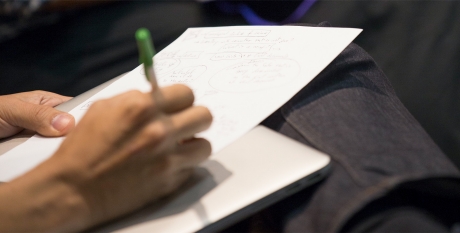 Center for Research & StudyThe Center gathers three departments at Tisch that focus on the study and creation of theory, history, critical thinking, and social analysis of live performance and screen-based art.
Center for Research & StudyThe Center gathers three departments at Tisch that focus on the study and creation of theory, history, critical thinking, and social analysis of live performance and screen-based art.